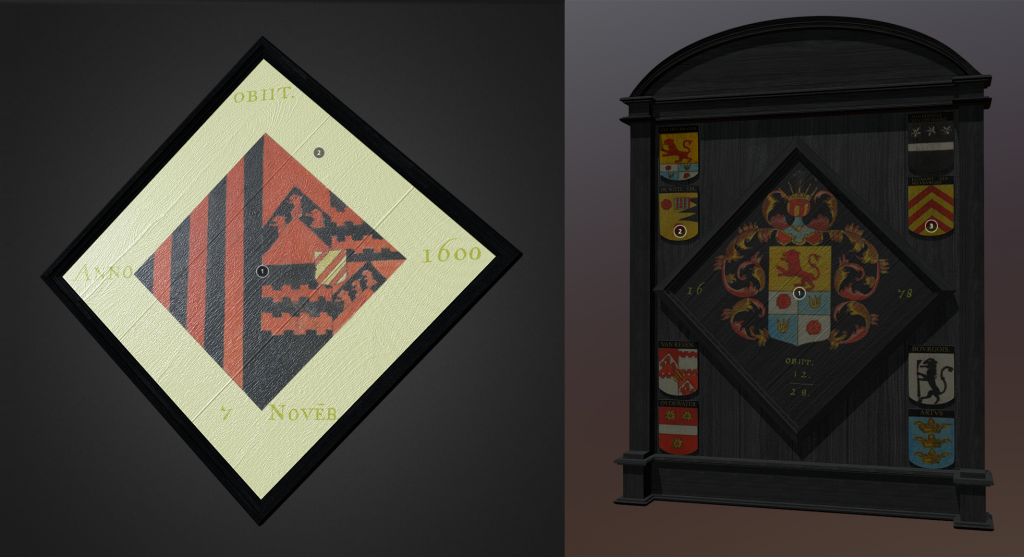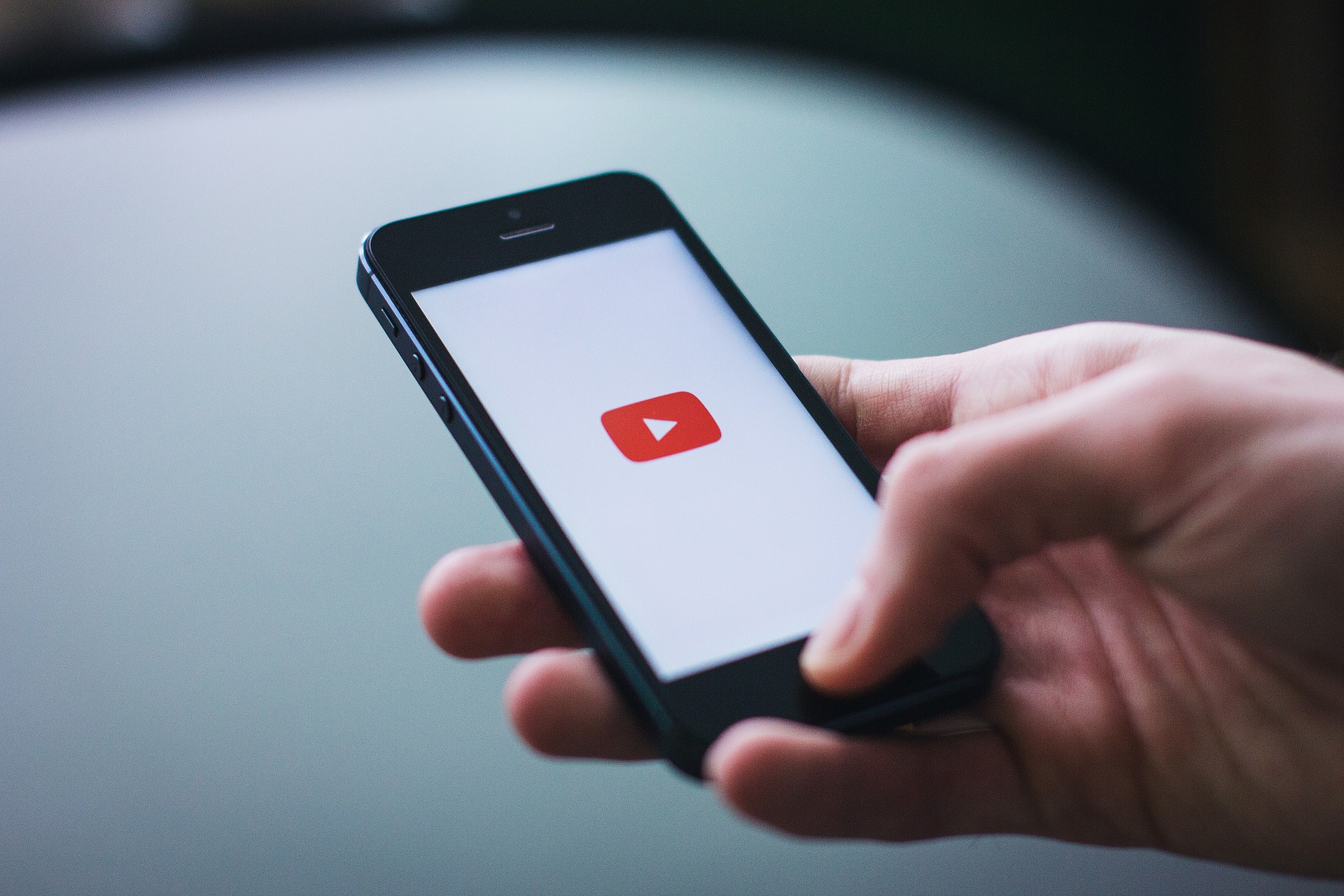In the last couple of years we have seen multiple instances in which cultural heritage was destroyed, either due to intentional destruction by humans or because of an unfortunate accident. In 2014 we saw terrorists destroying historical artefacts across Syria and Iraq, in 2018 the national museum of Brazil was heavily damaged in a large fire, and just this year both the Notre-Dame in the heart of Paris and the Shuri Castle in Japan shared the same fate. Dangers to cultural heritage are not new, as one can find many examples of it throughout history. What is new however is that 3D modelling opens the door for digitally preserving and even reconstructing cultural heritage that is under threat. As it seems we increasingly rely on these techniques, it might be worth taking a closer look at it.
In the field of archaeology, 3D modelling has already been widely used. Here they mostly work with so-called ‘reality-based models’, which are basically 3D representations of real-life objects, in which a 3D copy of an object is created by using techniques such as photogrammetry. Making a digital copy of these objects serves many purposes. As cultural heritage can be damaged or might even completely disappear, 3D modelling works as a high-quality documentation method to preserve our knowledge about the original object. 3D models are also shared online, which can serve educational purposes. Guy Hepp, an archaeologist and Assistant Professor of Anthropology at California State University, wrote an article about how he was not allowed to take archaeological findings with him, but by creating 3D models of these objects, he was still able to share them in his classes.[1]
Besides digitally preserving cultural heritage, 3D modelling can also be used to reconstruct heritage which has already been lost. In my previous article I mentioned the project Rome Reborn, which aimed at digitally reconstructing ancient Rome based on information such as archaeological findings and literary sources. Somewhat between reality-based models and complete reconstruction is the method of virtual anastylosis. This technique is about creating 3D models of fragments of a collapsed construction, and then using these fragments to reconstruct the entire object.[2]
It has been proposed that a key advantage of 3D models is that it makes cultural heritage more widely available. Sketchfab, a website that stores numerous 3D models to be accessed by anyone online, stores at the moment of writing over 100.000 3D models that are categorized as cultural heritage.[3] If the author of the model chooses so, these models can even be downloaded by users. The community aspect of this has also led to projects in which internet users are asked to deliver input. A very good example of this is the reconstructions of the Shuri Castle, where internet users are asked to upload photos they took of the structure before the fire.[4] All those photos combined are then used for the final model.
As promising as it all sounds, there are also some concerns. Although 3D modelling at first glance seems to be a way to democratize access to cultural heritage, it can also do just the opposite. To create and even view a 3D model, one needs a computer that is able to process 3D models. In the Western world, it seems that almost everyone owns a computer or other device that is capable of viewing 3D models, but in other places in the world this technology might be less available. This could lead to a division between a part of the world that has access to these models and a part that doesn’t. Besides technological constraints, access to 3D models is also dependant on the creator. When the Institute of Digital Archaeology created a 3D model of the Triumphal Arch of Palmyra, they did not share the actual model online. This caused them to be accused of ‘digital colonialism’, as the institute restricted access to a model representing cultural heritage that in fact belonged to Syria.[5]
When using reality-based models, we can be pretty sure that the 3D representation of an object is accurate. On the other hand, models that are a reconstruction of an object based on other sources are always a product of interpretation by the creator. As there is a clear distinction when it comes to the reliability of the model, there might be a danger that models that have been made as a reconstruction are seen as a fully accurate representation of an object. It is therefore important that creators are transparent when it comes to how they created their model and if necessary which interpretations they made. Sketchfab lets users add annotations to their model, which can be used for this purpose.

Finally, it must be noted that a 3D representation is just a copy of the original and does not comprise all information about the original object. As Philip Brey argues in his article about the physical and social reality of virtual words, a virtual object lacks certain properties that physical objects contain, such as mass and weight.[6] This information might actually be of interest for researchers, and relying too much on the existence of a 3D model might thus lead to information being lost.
In this article I have briefly explained some of the uses of 3D modelling for research purposes. There is many more to tell, but I hope that I have been able to give some insight in its current uses and why it is an exciting technique, but also one that we have to be a little careful about.
[1] Guy Hepp, Photogrammetry for Teaching and Research in Mesoamerican Archaeology (2019) <https://sketchfab.com/blogs/community/photogrammetry-for-teaching-and-research-in-mesoamerican-archaeology/>.
[2] See for example: Baya Bennoui-Ladraa and Youcef Chennaoui, ‘Use of Photogrammetry for Digital Surveying, Documentation and Communication of Cultural Heritage. The Case of Virtual Reconstruction of the Access Doors for the Nameless Temple of Tipasa (Algeria)’, Studies in Digital Heritage 2:2 (2018), pages 121-137.
[3] Thomas Flynn, Over 100,000 Cultural Heritage 3D Models on Sketchfab (2019) <https://sketchfab.com/blogs/community/over-100000-cultural-heritage-3d-models-on-sketchfab/>.
[4] For more information about the project on the Shuri Castle, go to: https://www.our-shurijo.org/index_en.html .
[5] Roshni Khunti, ‘The Problem with Printing Palmyra: Exploring the Ethics of Using 3D Printing Technology to Reconstruct Heritage’, Studies in Digital Heritage 2:1 (2018), pages 1-12.
[6] Philip Brey, ‘Chapter 2: The Physical and Social Reality of Virtual Worlds’, in: Mark Grimshaw, The Oxford Handbook of Virtuality (2013) 45.



1 Response
[…] This blog was written for my university course; the original post can be found here. […]